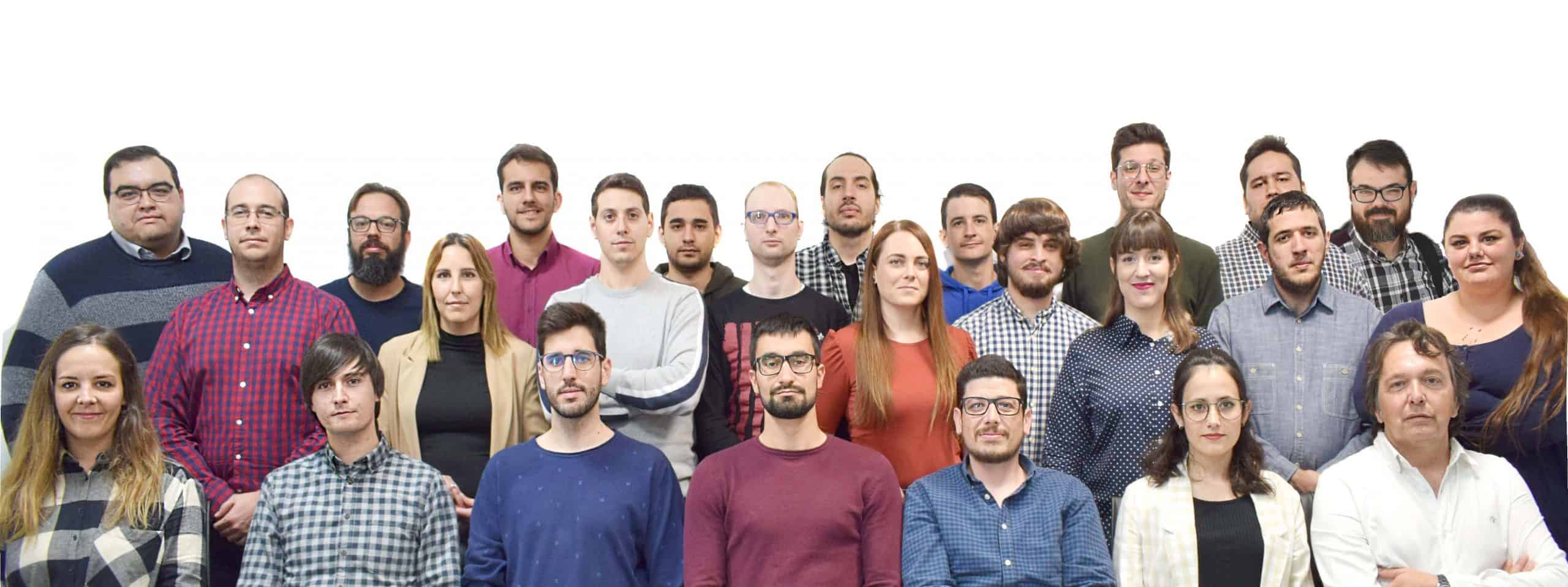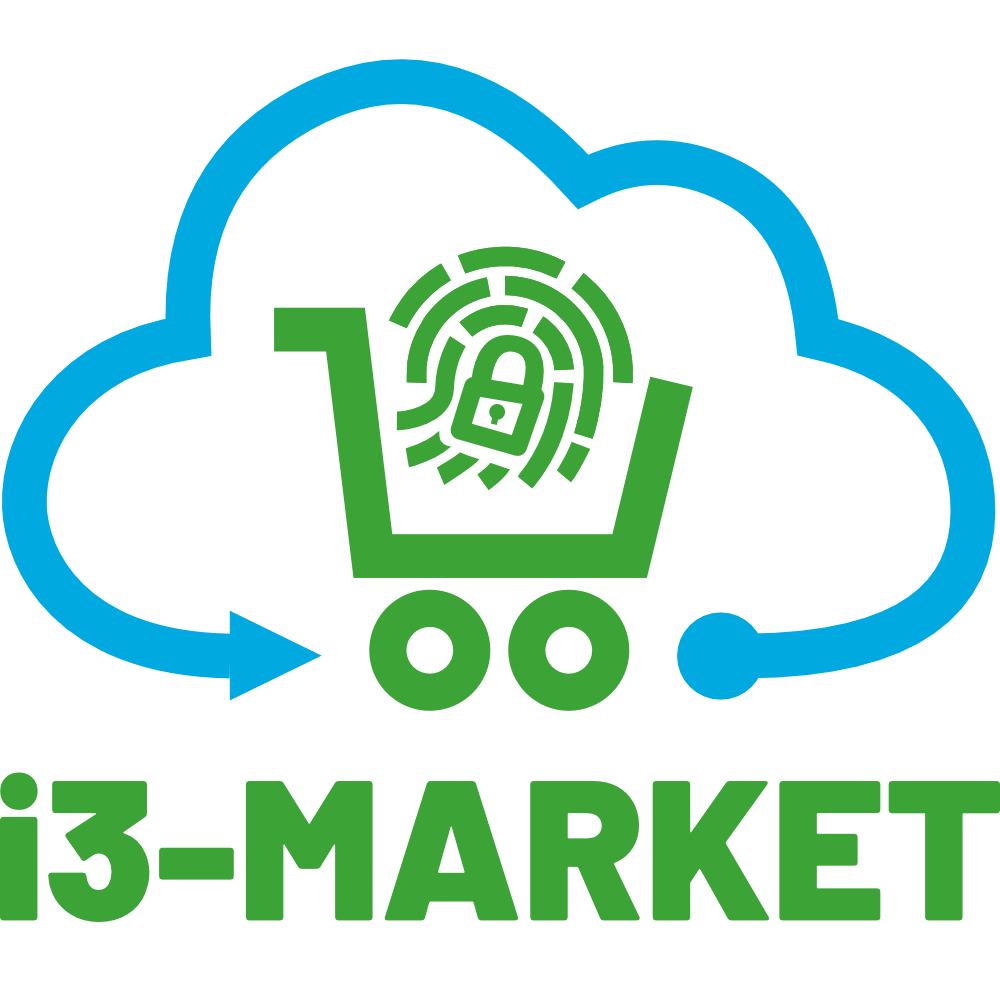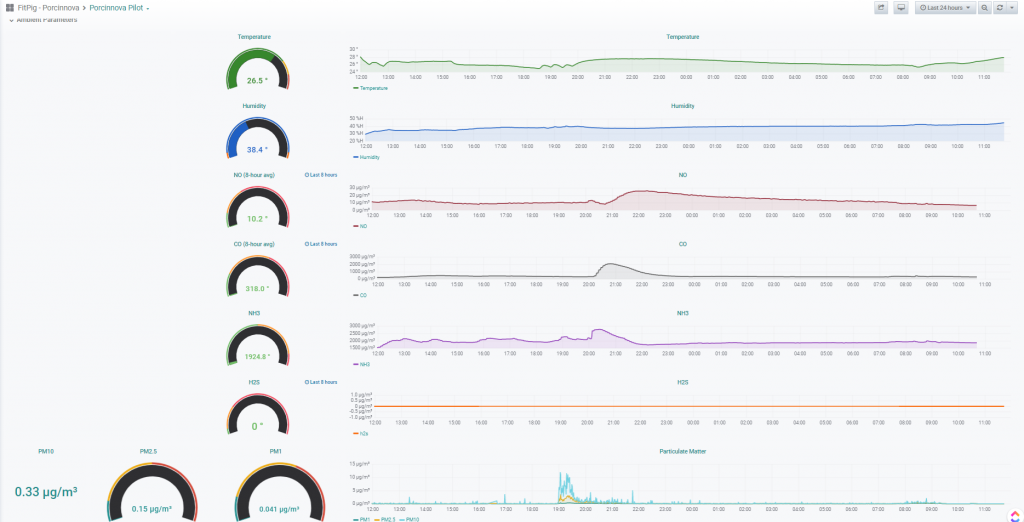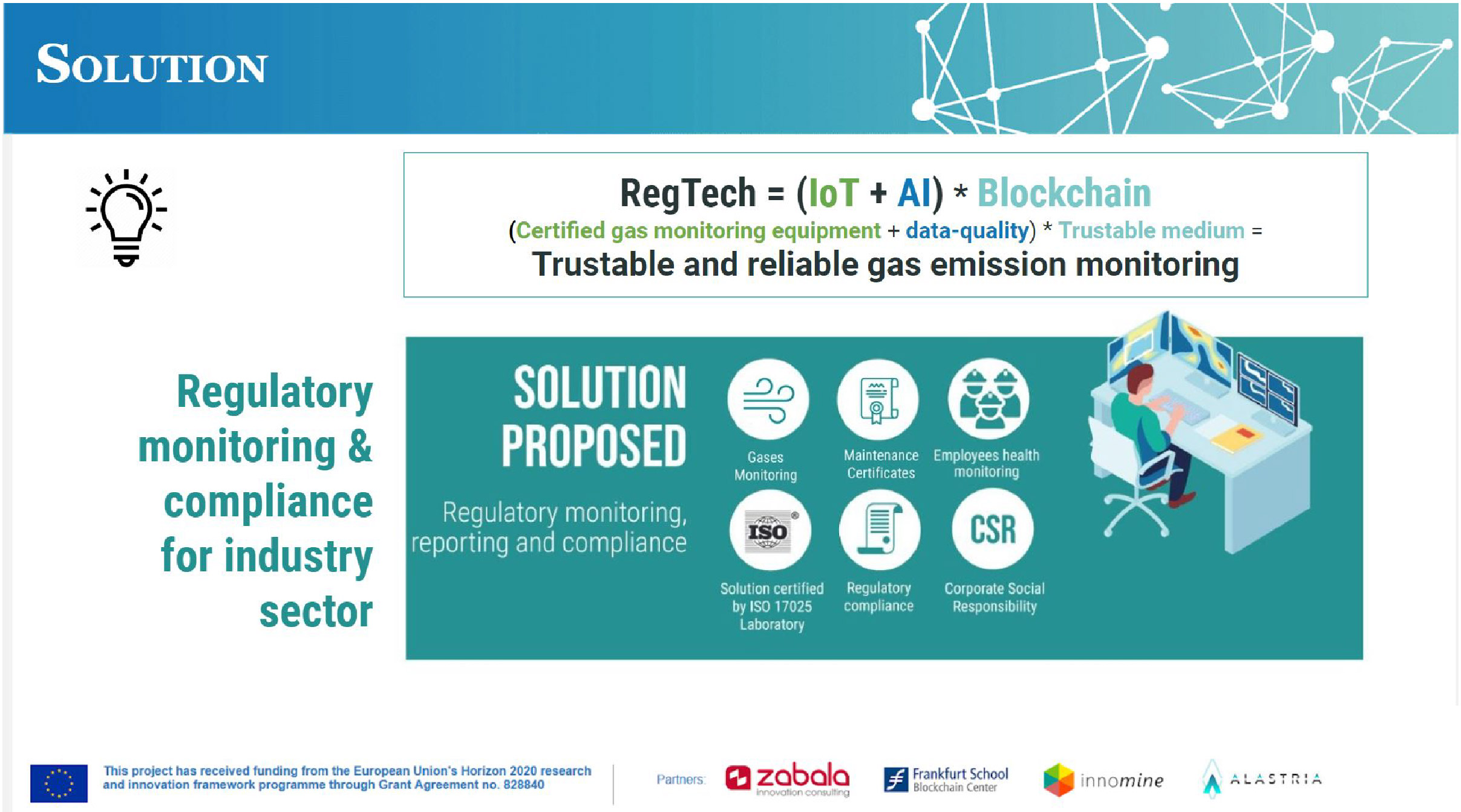HOPU offers solutions for sustainable urban design that supports cities in combating climate change through technologies such as IoT and AI.
HOPU, Liip, Ebre Drone and Flash Park have been the four startups selected to participate in the second edition of the ‘5G ScaleUp Program’. Promoted by 5G Barcelona, the initiative is a program of Mobile World Capital Barcelona that works to position Barcelona and Catalonia as an innovative and open environment for the validation and adoption of 5G technologies and applications in a real-life environment, in collaboration with Telefónica and i2Cat. Wayra, Telefónica’s open innovation hub, also participates in this acceleration program.
The chosen projects will participate in this program for four months with the aim of promoting entrepreneurship in the field of 5G technology. They will have access to The Thinx 5G Barcelona laboratory, one of the most advanced and best-equipped 5G environments. In addition, they will receive training in areas such as finance, sales, marketing or investment, as well as expert advice, access to investors, training, networking spaces and visibility within the 5G ecosystem.
HOPU, a startup created in the Region of Murcia in 2013, develops its work in developing a solution for sustainable urban design that supports cities to combat climate change through support for decision-making, responsible investment and action plans based on IoT and AI technology.
The startup pursues the objective of creating Human-Oriented Products, placing people at the epicentre to generate solutions always thought from the user experience and the value that ICTs can offer. At HOPU they define themselves as “passionate about the design of innovative urban solutions” through the latest technologies such as Artificial Intelligence, Internet of Things (IoT) and Data Quality. In words of Antonio J. Jara, CEO of HOPU, “our motivation is to engage citizens and city managers to ensure that data is understandable, intuitive and useful for everyone.”
The products offered by the company support any decision for urban planning and digital transformation through data-enabled tools such as dashboards, as well as other tools that support decision-making. In turn, HOPU offer includes a large number of advanced and certified IoT devices that objectively monitor the state of the environment in which people live, measuring air quality, noise and climate. “As a dedicated Smart Cities team, we love mixing data, technology and people to deliver innovative urban tools.” Jara has finished.
Among the criteria used to select the projects, the market potential and the scalability of the solution have been taken into account. Some premises that were also used last year, when the startups participating in the first edition of the program were Mcsystems, Oliver and Lamarclabs.
“From 5G Barcelona and from MWCapital we make a firm commitment to promote entrepreneurship in the field of 5G technology, that is why we offer the winning startups The Thinx 5G Barcelona laboratory, a leading space where they can develop their solutions and contribute to the consolidation of the 5G entrepreneurial ecosystem ”, explains Eduardo Martín, director of the 5G Program at Mobile World Capital Barcelona and CEO of 5G Barcelona.
“From Wayra (Telefónica) we believe that the 5G ScaleUp Program is a great opportunity for startups to test their products with 5G connectivity and scale their solutions with mentors and key partners in the ecosystem that add value and allow them to generate impact ”, comments Marta Antúnez, director of Wayra Barcelona.
About Wayra
Wayra is the entrepreneurship initiative that is part of Telefónica’s Open Innovation program, the most global, technological and connected in the world. It has seven Wayra Hubs, spaces in nine countries in Latin America and Europe through which it invests and supports startups; Wayra X, a digital hub to invest in 100% digital startups; Wayra Builder, a corporate venture builder to create, together with other investors, innovative startups born from internal Telefónica technology projects; and Wayra Next Trend, a window to digital innovation on innovative trends and applications. In addition, through the Wayra Activation Program, it offers entrepreneurs exclusive and free access to new technologies through Telefónica’s own platforms. More than 500 of the participated startups are part of Telefónica’s Open Innovation program and more than 130 are doing business with the company.
More information available at www.wayra.com.
About 5G Barcelona
5G Barcelona is a public-private initiative that works to position Barcelona and Catalonia as an innovative and open environment for the validation and adoption of 5G technologies and applications in a real-life environment.
The initiative will create synergies within the 5G ecosystem and offer an experimental infrastructure to test, prototype and implement new digital solutions. 5G Barcelona wants to stimulate and consolidate existing innovation in Barcelona and Catalonia, help attract foreign investment, promote new technology companies and generate a complete industry around 5G technology.
The initiative is promoted by the Generalitat de Catalunya, the Barcelona City Council, Mobile World Capital Barcelona, the i2CAT Foundation, CTTC, Atos and the UPC.



























 Grant agreement No 777455
Grant agreement No 777455